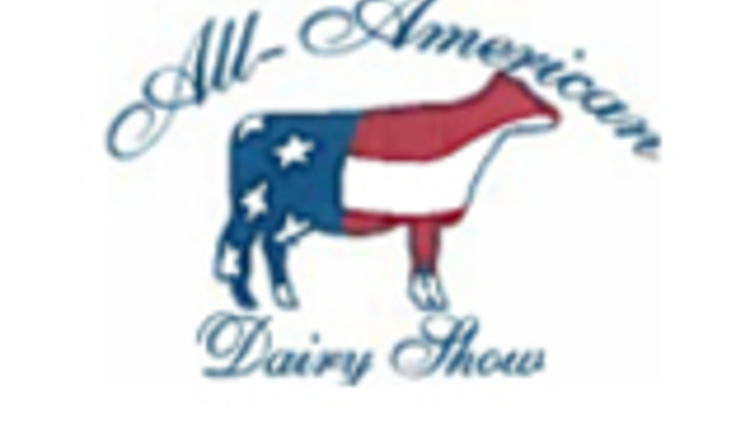The information below has been supplied by dairy marketers and other industry organizations. It has not been edited, verified or endorsed by Hoard’s Dairyman.

In a survey, 520 U.S. beef and dairy producers and veterinarians were asked questions related to treating cattle challenged with bovine respiratory disease (BRD):
- How do you decide whether to re-treat an animal?
- How long do you typically wait to re-treat a sick animal infected with respiratory disease?
- What characteristics are most important when selecting an antibiotic?
When evaluating results, it was no surprise to see producers and veterinarians are doing a lot of things right when it comes to treating cattle. But, as one of the leading causes of loss in U.S. cattle herds, BRD treatment plans should never stay idle.¹
Nathan Meyer, DVM, PhD, Boehringer Ingelheim, analyzed survey results, and found the following points important for cattle caretakers.

Veterinarians provide tailored protocols for optimum results
When asked how re-treatment of animals is decided, participants were given the option to choose between “visual observation,” “create a protocol with my vet” or “other.” About 70% of beef and dairy producers said they use “visual observation” as their main factor when deciding to re-treat.
Although visual observation is a critical aspect of re-treating animals that are still sick, keeping veterinarians in the loop is crucial.
“Veterinarians can customize and tailor protocols and products to each operation,” explained Dr. Meyer. “Without that customized approach, an operation might miss out on a certain level of success.”
Every herd is unique, and many factors can place cattle at risk for developing BRD, such as nutrition or hydration status, parasite problems, viral disease or simply not following the antibiotic label when administering treatment.
Post-treatment intervals should come down to label and veterinary insight
When asked how long they typically wait to re-treat cattle challenged with BRD, waiting three to four days was most common across both veterinarian and producer responses.

“Post-treatment interval (PTI) is a key focal point when considering a re-treatment,” said Dr. Meyer. “But it’s important to remember that PTI is product-dependent. Because this survey was looking at the overall average PTI, I’m not too surprised by these responses. Although there are benefits to finding a product with a longer PTI.”
In a research trial on calves infected with BRD, six- to nine-day PTIs resulted in the best health outcomes.2 Every re-treatment not only puts extra stress on animals, but is another cost impacting profit margins. A larger window gives producers and veterinarians the flexibility to make the right decision, based on the herd.
Outside of following the product label, knowing when re-treatment is necessary can be difficult. Dr. Meyer recommends a few basic steps that can make the process easier.
- Keep treatment records. Tracking treatment status ensures proper PTI and withdrawal times. Accurate documentation will also make evaluating product efficacy or protocols easier during routine conversations with your veterinarian. “If an animal is still looking rough on day three of a five-day PTI, we know that we should hold off on re-treatment because the drug is still working,” noted Dr. Meyer.
- Check for clinical signs of illness. He added, “Once the calendar has been checked, and an animal is eligible for follow-up treatment, that’s when we should look for clinical signs.” Dr. Meyer is a firm believer in the D.A.R.T. assessment, which stands for depression, appetite, respiration and temperature. If an animal is struggling with one or more of these signs, a follow-up treatment might be necessary.

These clinical signs are not unique to BRD, but are a sure way to flag animals that are still or becoming ill.
Broad-spectrum coverage of BRD pathogens is important to producers
When asked what was most important when choosing an antibiotic, the majority of participants ranked the following options in order:
- Broad coverage of main BRD pathogens
- Fast acting
- Long lasting
“Broad spectrum of coverage is a key point, whether you’re a cow/calf, stocker or feedlot operation,” asserted Dr. Meyer. “We know a calf might start out with Mannheimia haemolytica, but later in the disease course, other bacteria become major players. Having a product that has broad coverage makes a lot of sense.”
The benefits of a long-acting antibiotic that quickly reaches the site of infection should not be underestimated.
“Utilizing a product that has very high efficacy up front is beneficial when it comes to reducing stress levels and seeing better treatment outcomes,” explained Dr. Meyer.
Finding an antibiotic that provides 10 days of therapy from a single injection reduces both time and labor associated with extra treatment.
“I think the number one underlying point from this survey is that the veterinarian involvement is important,” said Dr. Meyer. “Their assessment of an operation’s management and understanding of a herd’s disease pressure becomes very valuable when setting up successful treatment plans.”
About Boehringer Ingelheim — Animal Health business
Boehringer Ingelheim provides innovation for preventing and treating diseases in animals. The company offers a wide range of vaccines, parasite-control products, and medicines for pets, horses, and livestock to veterinarians, animal owners, farmers, and governments. As a leader in animal health, Boehringer Ingelheim values that the health of humans and animals is deeply connected and strives to make a difference for people, animals, and society. Learn more at www.bi-animalhealth.com.




